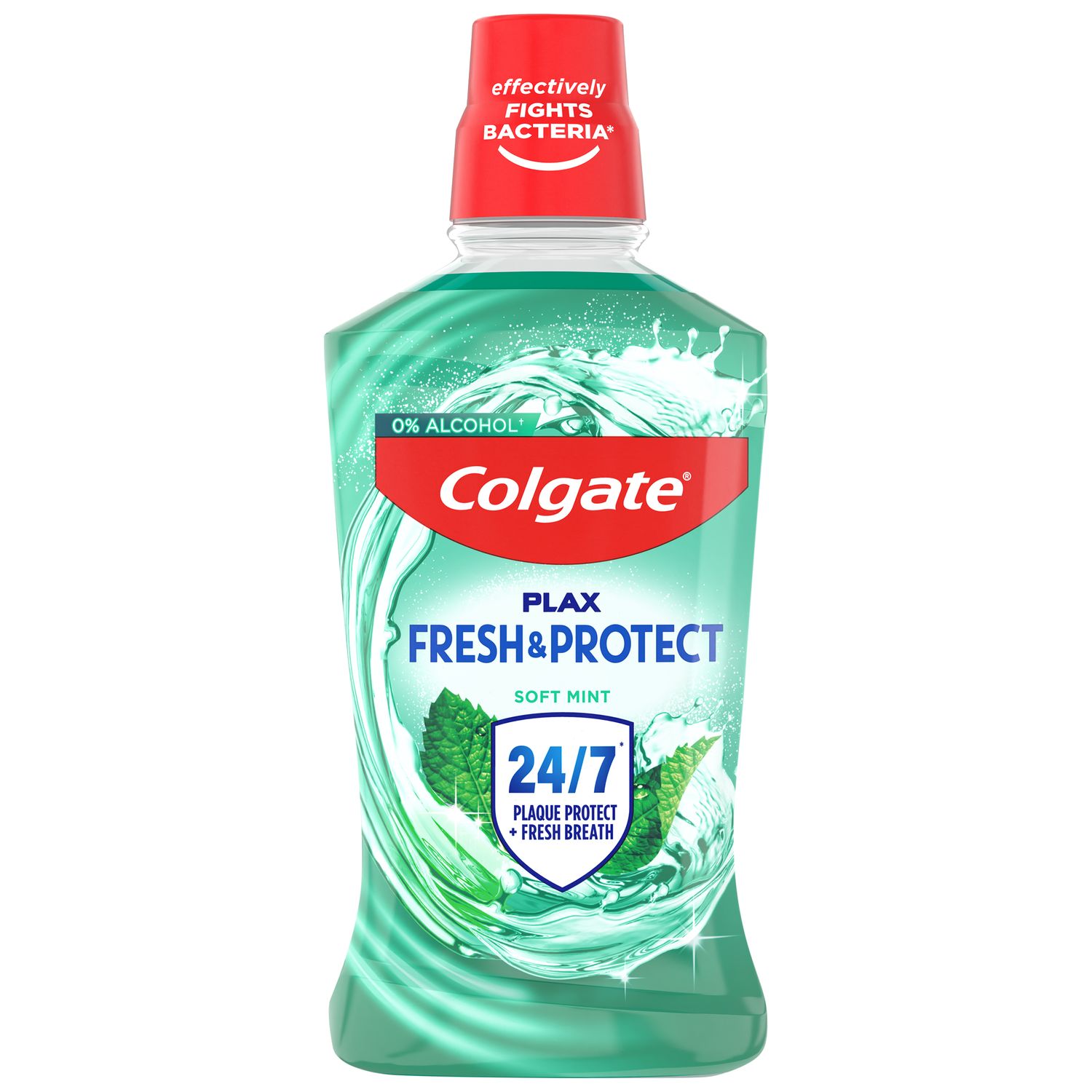The Teeth
The teeth of a denture are typically made from various types of acrylic, chrome, or porcelain. The latter was traditionally the preferred material because it provides a more natural look and is stronger and more durable than standard plastic, according to the Glasgow Dentures Studio. Porcelain is still used in some instances and has a number of advantages:
- A glass-like ceramic material, porcelain has the same translucent appearance as natural tooth enamel, and can be colour-matched closely with other teeth in the patient's mouth.
- Porcelain teeth feel similar to natural teeth. This makes them easier to adapt to than other materials.
- The heating process used to make them causes the dentures to become considerably harder, which means they last longer.
The main disadvantages of porcelain dentures, however, are that they're breakable if dropped on a hard floor and they can wear down natural teeth if they bite against them. Porcelain is better used in full dentures than in partials for this reason.
More recently, however, denture teeth tend to be made from acrylic (plastic), nylon, or metal, according to the NHS. Acrylic adheres more securely to the denture base, and is easier to adjust to achieve the correct occlusion than harder porcelain teeth. It's also significantly less expensive than porcelain, and much lighter in weight.
The disadvantage of teeth made from acrylic resin is that they wear down faster than porcelain teeth, which causes changes in the way the teeth make contact with one another. Dentures made from acrylic resin teeth may need to be replaced every five to eight years as a result, but they are still far stronger than the plastic items used in the past.
The Framework
Dentures require a framework to support them, which is usually called a full or partial plate. This plate can be made from rigid acrylic or a type of thermoplastic (nylon) polymer, as explained by Dental Update. Or it can be moulded from chrome cobalt metal.
The dentist takes an impression of the patient's gums, which is used to create a mould. This mould is then used as the basis of a wax model to which the teeth are added. The model is tested in the patient's mouth to confirm it will be suitable in size and colour, and for the formation of a plate that fits snugly in the mouth.
Plates made from acrylic resin are compatible with dentures that require an artificial gumline because the material can be tinted to resemble the patient's natural gum colour. Metal plates, however, carry less risk of breaking. They are also stronger and provide a better fit. This makes metal ideal for partial plates that are fully hidden behind the remaining natural teeth.
Understanding the strengths and weaknesses of your dentures can tell you how long you can expect them to last. The lifespan of a denture also depends on your oral hygiene regime, so it's essential to clean them daily. Above all, take care of your natural gums to keep them healthy enough to wear dentures, using products to prevent the bacteria that causes painful gingivitis and bleeding.
So, what are dentures made of? There are various alternatives to wearing them, but if you choose this option, it's a good idea to know how and why these materials are used so you can make an informed choice.
ORAL HEALTH QUIZ
What's behind your smile?
Take our Oral Health assessment to get the most from your oral care routine
ORAL HEALTH QUIZ
What's behind your smile?
Take our Oral Health assessment to get the most from your oral care routine













